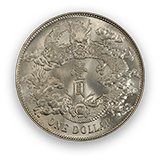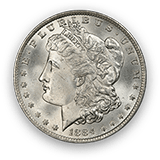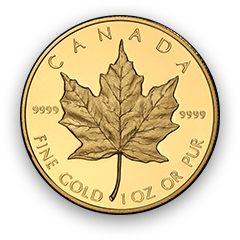Draped Bust silver & copper coins
These coins were all struck at the Philadelphia Mint, the nation’s only mint at the time, and were made with manually operated screw presses—hence the often off-center strikes and irregular planchets seen today. Copper Draped Bust coins (half cents and large cents) were crucial for everyday transactions, while silver coins were higher denomination and often saw use in larger trade. Their production was tied closely to the availability of raw metal, political pressures, and evolving minting technology. Today, Draped Bust coins are cherished relics of early American history, combining scarce survival rates with deep historical value—each one a small, heavy chunk of the nation’s first full decade of economic and political formation.
| User Order | 图片 | PCGS # | 描述 | 评级 | 数量 | 更高评级数量 | 留言 |
|---|




















留言